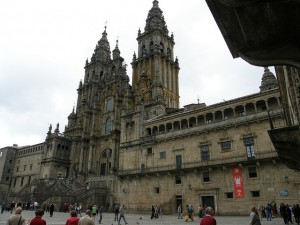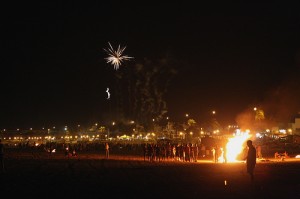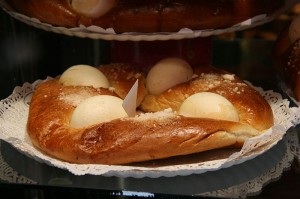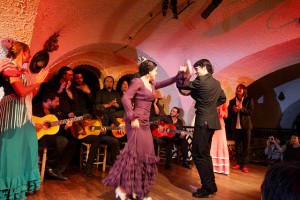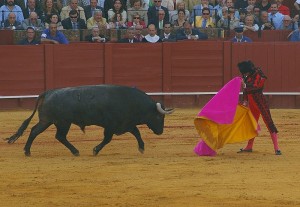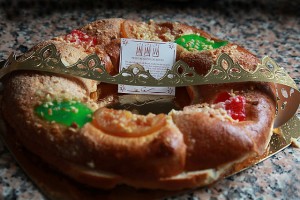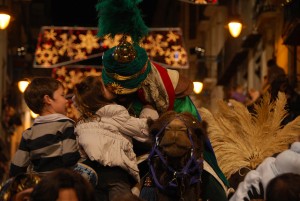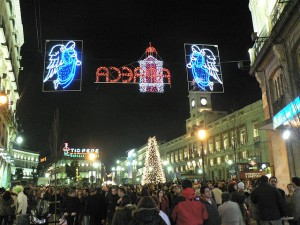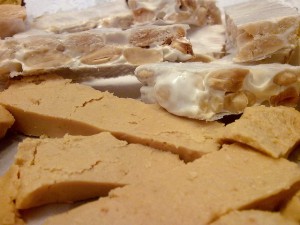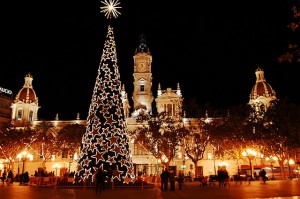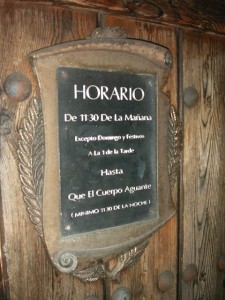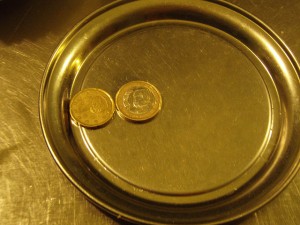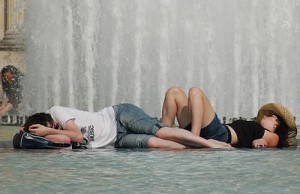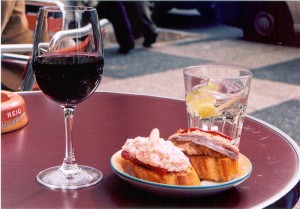The Camino de Santiago or Saint James’ Way is one of the most important Christian pilgrimage routes in Europe. Every year thousands of people come from all around the world with the aim to get to the city’s cathedral in Santiago de Compostela and to visit the apostle Santiago’s grave.
For many students who come to study Spanish in Spain, to undertake the Camino can be an adventure and an unforgettable experience. It is a way to learn a new language while discovering the nature, art and history, of a pilgrimage that has been carried out since the Middle Ages.
►…continue reading about the Camino de Santiago, an unforgettable adventure to learn Spanish








